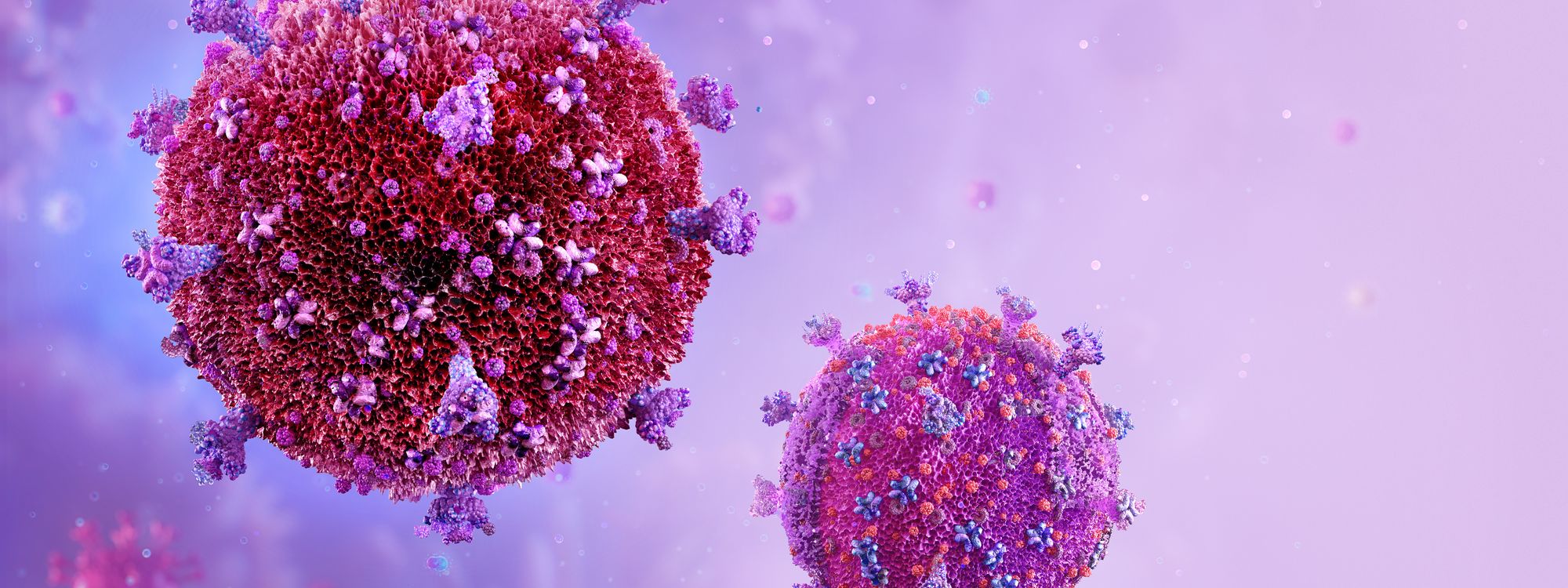
HIV/AIDS is a challenging global health issue, requiring a comprehensive approach to its management and prevention. This approach encompasses the treatment and prophylaxis of opportunistic infections, tumor therapy, supportive therapy, and preventive measures.
Opportunistic infections are illnesses that take advantage of a weakened immune system. They occur more frequently and with greater severity in individuals whose natural defenses are compromised, such as people living with HIV/AIDS, cancer patients undergoing chemotherapy, or individuals receiving immunosuppressive drugs after organ transplantation.
These infections can be caused by a wide range of microorganisms, including viruses, bacteria, fungi, and protozoa. In many cases, they spread widely throughout the body (disseminated form) rather than staying localized, which makes them harder to treat. Examples include tuberculosis, candidiasis, toxoplasmosis, cytomegalovirus infection, and others.
Because of their complexity, eradication of opportunistic infections is often challenging. Treatment typically requires not only intensive therapy during the acute phase but also long-term maintenance therapy to reduce the risk of recurrence.
Preventive strategies play a crucial role in patient care:
Together, these approaches are essential for improving the quality of life and survival rates in patients with compromised immune systems, especially those living with HIV/AIDS.
Advanced stages of AIDS often present symptoms similar to those seen in the terminal stages of cancer or other irreversible diseases, such as pain, anorexia, weight loss, nausea, vomiting, breathing difficulties, and cognitive and motor impairment. These symptoms can significantly impact the quality of life, necessitating supportive therapy.
Supportive therapy can involve controlling symptoms like diarrhea with antidiarrheals and antiemetics, replenishing lost proteins and electrolytes through nutritional intake, and managing pain with non-steroidal anti-inflammatories or opiates. In certain cases, anabolic steroids may be beneficial for rapid weight loss. It's also crucial to provide family and nursing assistance, alongside psychotherapeutic and pharmacological support.
Individuals with HIV/AIDS are at a higher risk of developing certain types of cancers, such as high-grade non-Hodgkin lymphomas. Aggressive chemotherapy can lead to high remission rates but may not always be tolerated by AIDS patients due to their compromised immune systems. Therefore, treatment plans must be tailored to each individual, taking into account the immunological and clinical parameters of the underlying disease.
Antitumor therapy must be accompanied by prophylaxis of infectious complications and, when possible, antiretroviral treatment. However, it's important to note that chemotherapy drugs, while effective at killing tumor cells, can also damage the patient's immune system, potentially leading to the onset of severe opportunistic infections.
Preventing the transmission of HIV is one of the most important strategies in managing the global HIV/AIDS pandemic. Effective prevention requires a combination of medical measures, public health policies, and individual responsibility.
In conclusion, HIV/AIDS management and prevention require a comprehensive approach encompassing the treatment and prophylaxis of opportunistic infections, tumor therapy, supportive therapy, and preventive measures. By adopting such an approach, we can enhance the quality of life for those living with HIV/AIDS and reduce the spread of this global health issue.